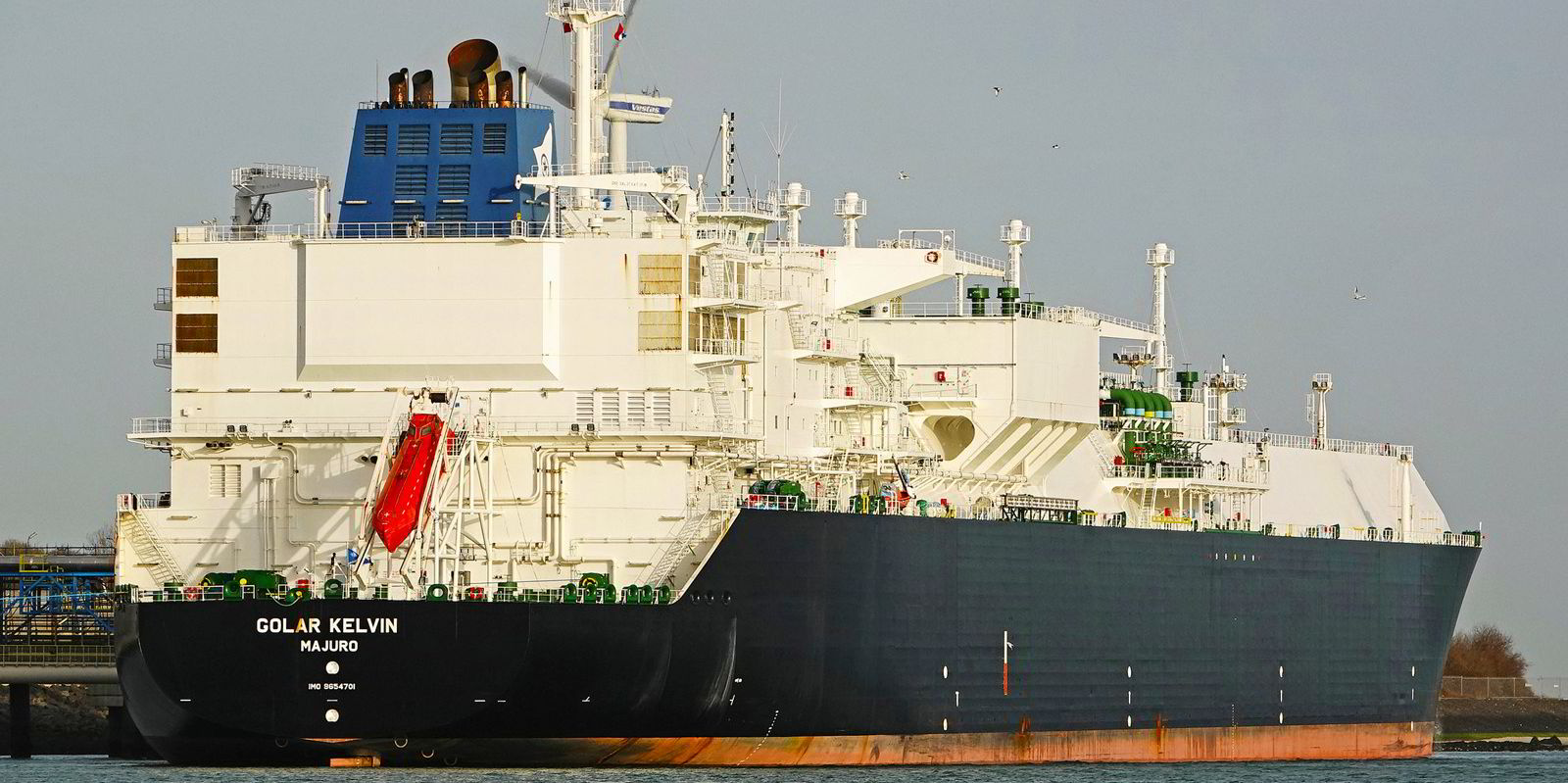Floating liquefaction (FLNG) player Golar LNG has persuaded bondholders to open up a path to earlier dividend payments and share buybacks.
Holders of an issue dating back to 2021 voted for a change to their terms.
The Tor Olav Troim-controlled company highlighted that its financial position had undergone “significant strengthening” since the bonds were issued.
Golar sought certain amendments to the definition of permitted distribution, to increase its flexibility for potential future shareholder returns.
As a result of the vote, the company will now pay bondholders a one-time consent fee of 3.75% of the amount of the outstanding bonds.
The debt matures in October 2025.
Fearnley Securities said,in theory, Golar can now pay out up to $394m — or 17% of its market cap — in the second quarter.
The investment bank believes the company has the power to do this, with more than $1bn of liquidity.
But this level of payment is not likely, given capital-intensive FLNG projects in the pipeline.
Flexibility put in place
Analysts led by Oystein Vaagen view the move as providing valuable flexibility, and dividend payments could start this year, they believe.
Golar has said its intention is to make regular hand-outs to shareholders, guided by profit, market prospects, capital expenditure requirements and investment opportunities.
The company detailed several key developments since it issued its bonds in October 2021.
These included the sale of its eight tri-fuel diesel-electric LNG carriers to Cool Co on 15 December 2021 and its subsequent sale of its CoolCo shares.
Golar also sold its shares in New Fortress Energy using part of these to buy back New Fortress’ stake in the FLNG unit Hilli, which is currently working off Cameroon.
The former LNG carrier owner sold off two vessels — a floating storage and regasification unit and an LNG carrier — to Italy’s Snam in May 2022.
In addition, Golar entered into several hedges on its TTF-linked tariff’s from its FLNG unit Hilli and said the unit is generating “significant free cash flow from operations”.





